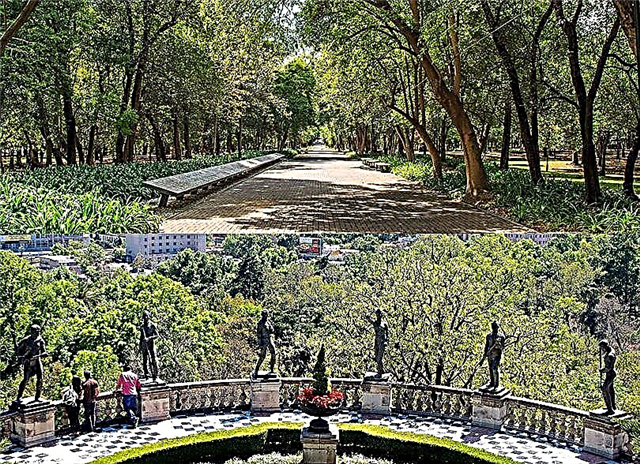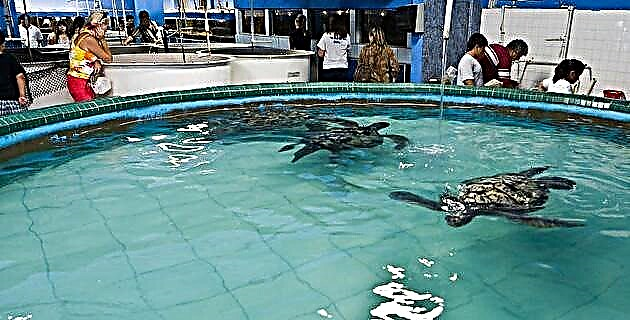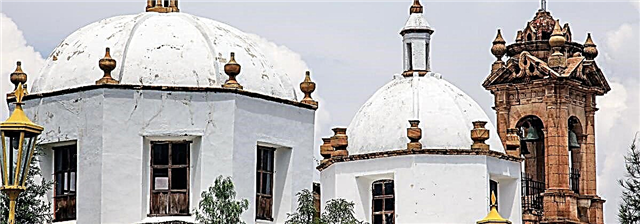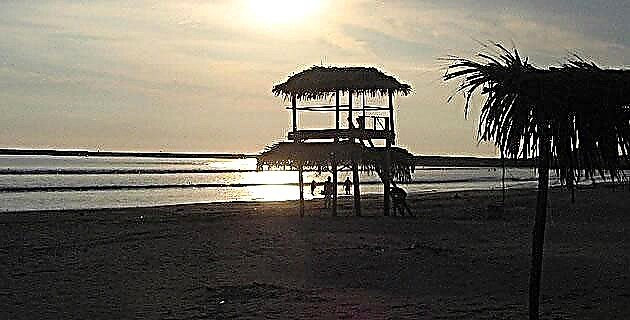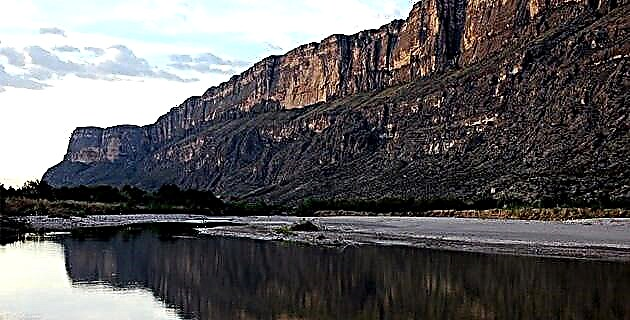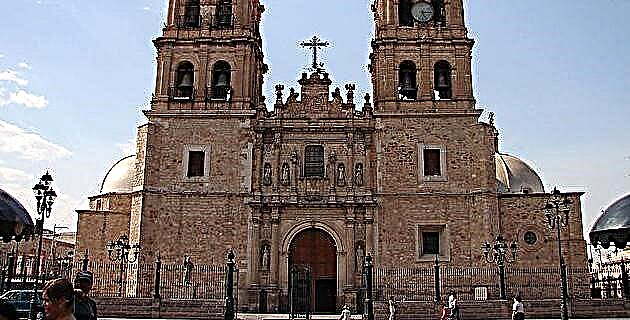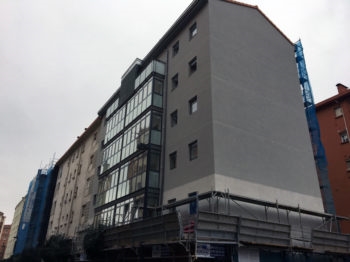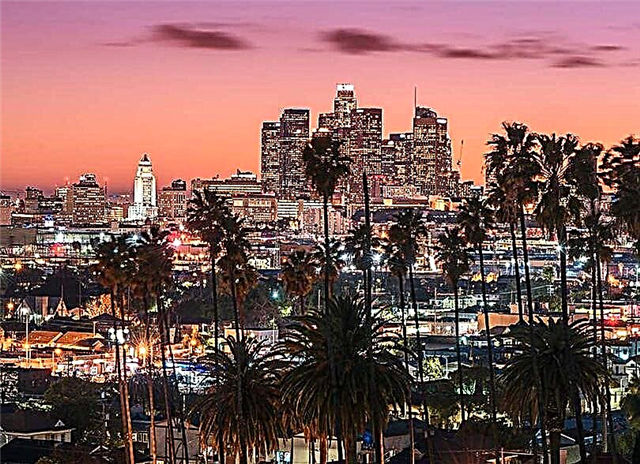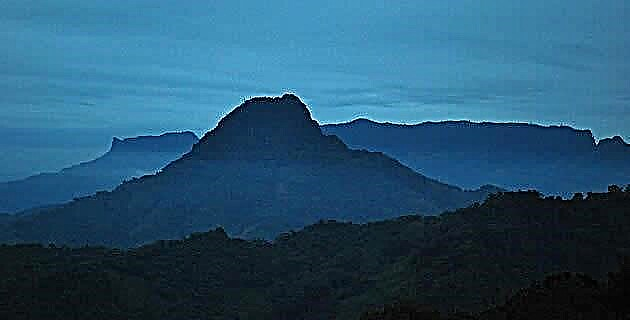
The speakers of the Huasteca language formed, from early times, a significant cultural tradition that differentiated them from the other peoples that inhabited pre-Hispanic Mexico.
They chose as their habitat the northern portion of the vast region called the Gulf Coast. This is perfectly demarcable if we take as limits, to the south, the Cazones river —Veracruz— and, to the north, the Soto la Marina river —Tamaulipas—; to the east it borders the Gulf of Mexico and to the west it came to occupy important portions of the current states of San Luis Potosí, Querétaro and Hidalgo.
If we undertake a tour of that corner of Mexico we will find four great ecological zones: the coast, the coastal plain, the plains and the mountains, each with its own characteristics of vegetation and climate. Despite this geographical difference, we appreciate that the Huastecos adapted perfectly to each of the environments, obtaining from the natural environment all the resources for their subsistence. In the four regions they left testimonies, evidenced mainly by the abundant artificial mounds whose popular name in the region is that of "cues".
According to linguists, the so-called Protomaya linguistic stem would have been formed several thousand years ago, from which all the Mayan and Huastec languages would derive. This topic has prompted numerous discussions and hypothetical approaches. Some consider that those who settled first in their current habitat were the Huastecos, followed later by the Mayans, and that the bridge between the two was destroyed some centuries later by the linguistic and cultural wedges of the Nahuas and, mainly , of the Totonacs, who also populated the coast of Veracruz.
Like all other Mesoamerican peoples, the Huastecs developed their culture based on a mixed economy whose essence was intensive agriculture based on corn and other vegetables, such as beans and squash. It was precisely in the Sierra de Tamaulipas where the archaeologist Richard Mac Neish found in some caves testimonies of the evolution in the domestication and cultivation of corn, which indicates that it was possibly in the Huasteca region where the ancient Indians had corn for the first time as we know it today.
From archaeological studies we know that the first farmers, possibly of Otomí descent, settled on the banks of the Pánuco River with a cultural tradition dating from around 2500 BC. Starting, perhaps, from 1500 BC, the Huastecos arrived, who built simple rooms of mud and bajereque. They also made numerous bowls of fired clay, which were grouped by ceramic traditions; those corresponding to this early period received the title of Pavón phase. This group groups red or white bath containers that have an incised decoration and whose shapes correspond to pots with spherical bodies or also to pots with bodies in the form of moldings or segments that immediately recall the shape of gourds.
In addition to these pots that make up the tableware called "metal progress", we also have the "white progress" tableware, where the most important shapes are flat-bottomed plates and whose decoration consists of a punching based on circles made, apparently, using reeds.
During the Formative pottery tradition, Huastec artisans manufactured numerous figurines that are part of the great Mesoamerican tradition but that are distinguished by their unrealistically cleft elliptical eyes, heads with very flat foreheads indicating the cranial deformation that was practiced. since early times and, in most cases, arms and legs small or barely hinted at in the whole.
For Román Piña Chán, the true Huasteca tradition properly began around 200 BC. By then the speakers of this language had already populated part of Tamaulipas, San Luis Potosí, Querétaro and Veracruz, and although they never formed a larger political entity, their language and cultural traditions gave them a cohesion of great importance that they faced first the Nahuas and then the Spanish and from which the contemporary ethnic survivals derived.
Archaeologists suggest that the pre-Hispanic Huasteca culture is divided into six periods or phases that can be detected through the variations suffered by the ceramics used by said people. The cultural horizons that correspond to this evolution are: the Upper Preclassic from 0 to 300 AD, the Classic, dated from 300 to 900 AD, and the Postclassic, which includes from 900 to 1521. As this ceramic evolution was clearly determined in the Pánuco region, these phases are called by the name of the river.
During the Formative or late Preclassic period (100 to 300 AD) it is when the development of the Huasteca culture began, based on the earliest ceramic traditions, and it is then that the potters elaborate the “Black Prisco” pottery, which includes plates of a composite silhouette, simple bowls with grooves, as well as tripod plates and vessels decorated with the so-called fresco painting technique. We also have the “Pánuco gris” ceramic, whose shapes correspond to pots with moldboards and pots decorated with the textile printing technique; next to these are some notable white pasta spoons whose significant feature is made up of long handles or handles.

